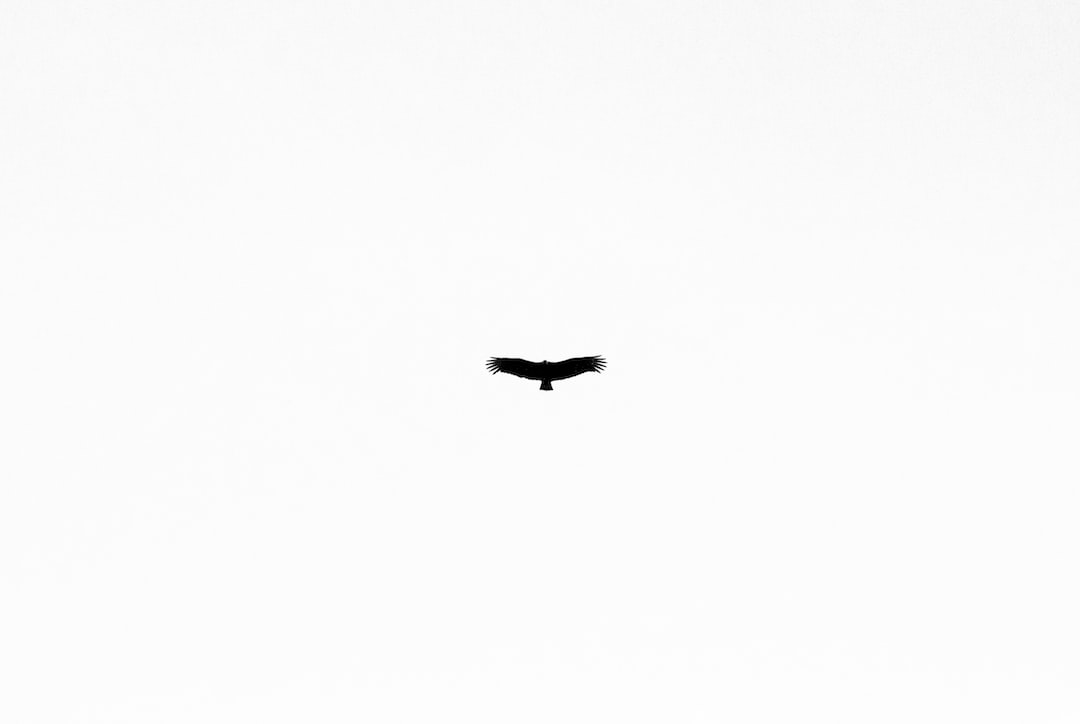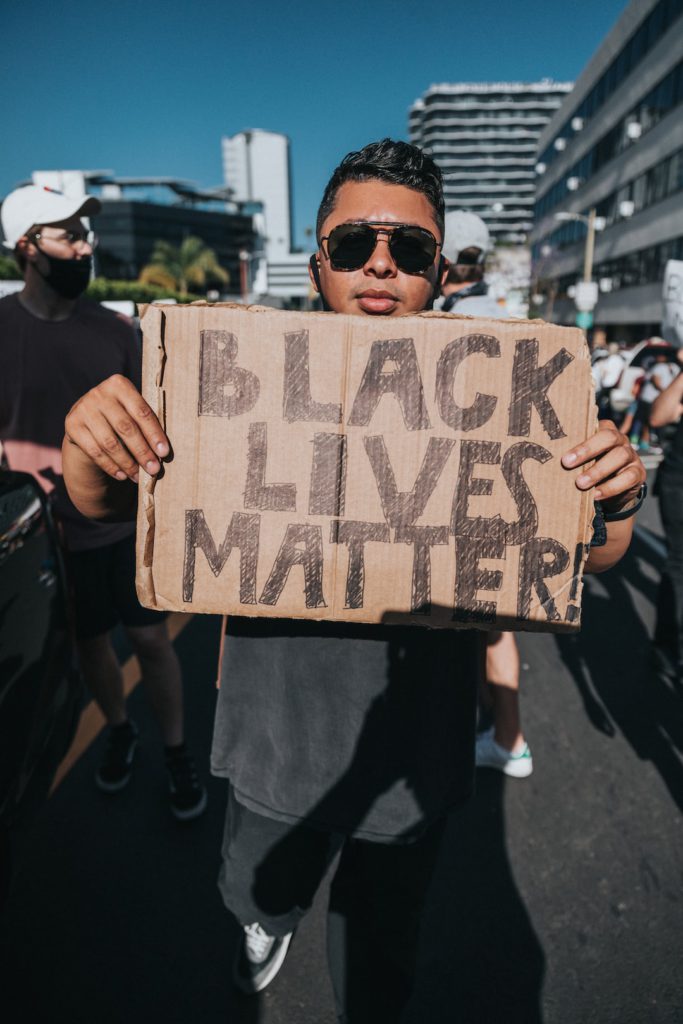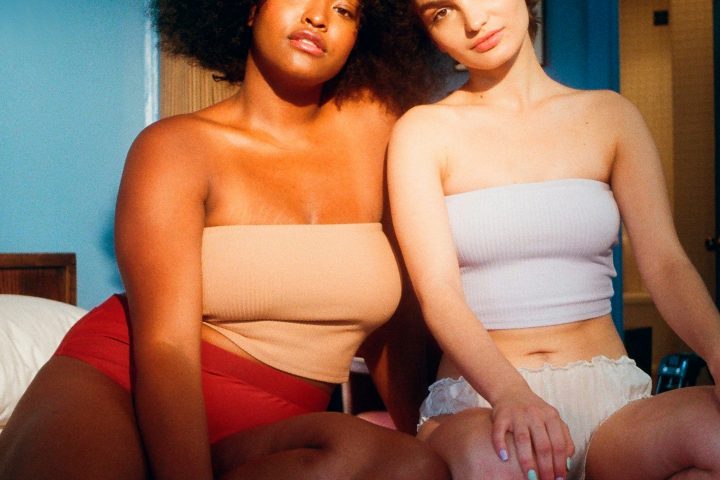Key Takeaways:
White person braids, also known as Caucasian braids, are a popular hairstyle that has gained attention in recent years. This article will explore the history, cultural significance, and different styles of white person braids. Whether you are interested in trying out this hairstyle or simply want to learn more about it, this article will provide you with all the information you need.
The History of White Person Braids
White person braids have a long history that dates back to ancient civilizations. Braiding has been a common practice in many cultures around the world, including Europe, Africa, and Asia. In ancient Greece, women would often wear braided hairstyles as a symbol of status and beauty. Similarly, in ancient Rome, braids were a popular hairstyle among both men and women.
However, white person braids as we know them today have their roots in African culture. African braiding techniques were brought to the Americas during the transatlantic slave trade. Enslaved Africans used braiding as a way to maintain their cultural identity and communicate with each other. Over time, these braiding techniques were adopted by people of all races and became a popular hairstyle.
The Cultural Significance of White Person Braids
White person braids have become a controversial topic in recent years, with some arguing that it is cultural appropriation. Cultural appropriation refers to the adoption of elements from a minority culture by members of a dominant culture, often without understanding or respecting the cultural significance behind it.
While it is important to acknowledge the cultural origins of white person braids, it is also essential to recognize that cultures are not static and evolve over time. Hairstyles, like other aspects of culture, can be shared and adapted by different communities. It is crucial to approach white person braids with respect and appreciation for their cultural roots.
Styles of White Person Braids
White person braids come in various styles, each with its own unique look and technique. Here are some popular styles:
1. French Braids
French braids are a classic and versatile style that can be worn for any occasion. They involve weaving three strands of hair together, starting from the top of the head and gradually adding more hair as you move down. French braids can be worn as a single braid or in multiples.
2. Dutch Braids
Dutch braids, also known as inverted French braids, are similar to French braids but with a different technique. Instead of weaving the strands over each other, you weave them under, creating a raised effect. Dutch braids are a trendy and stylish option for white person braids.
3. Fishtail Braids
Fishtail braids are a more intricate and visually appealing style. They involve weaving two strands of hair together, alternating between crossing them over each other. Fishtail braids can be worn as a single braid or in multiples, and they create a beautiful, textured look.
4. Box Braids
Box braids are a popular style among people of all races. They involve sectioning the hair into small, square-shaped sections and braiding each section from the root to the tip. Box braids can be worn long or short and can be styled in various ways, making them a versatile option for white person braids.
Conclusion
White person braids are a hairstyle that has a rich history and cultural significance. While it is essential to respect the cultural origins of this hairstyle, it is also important to recognize that cultures evolve and can be shared among different communities. White person braids come in various styles, each with its own unique look and technique. Whether you choose French braids, Dutch braids, fishtail braids, or box braids, white person braids offer a versatile and stylish option for anyone looking to try out a new hairstyle.









